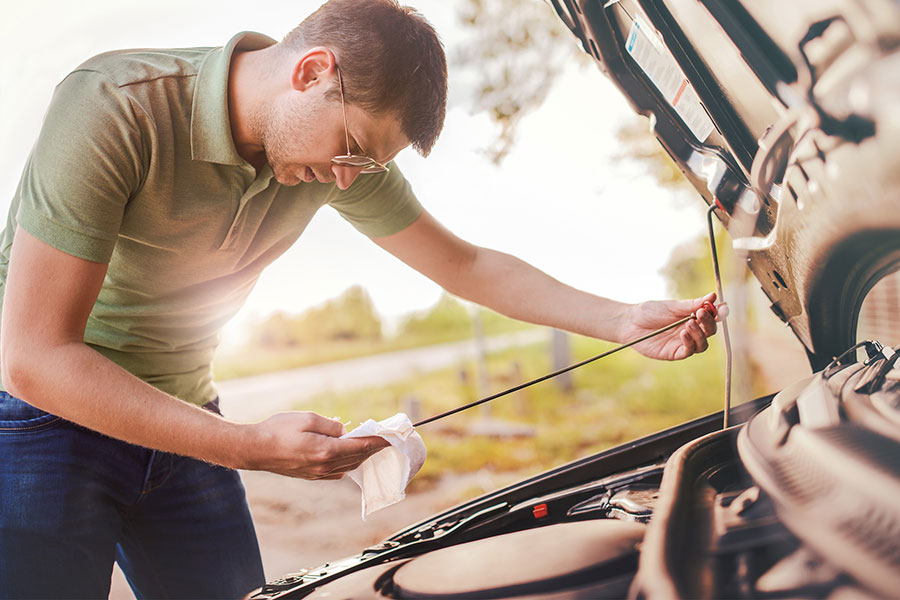


As periods of lockdown or personal isolation are likely to continue off and on around the country for some time, remind drivers of the importance of taking care of vehicles to keep your fleet safe and running well.
Here are some ways you can make sure vehicles are kept in the best condition possible.
Even for vehicles that are out of use, we highly recommend maintaining the normal services schedule. But be sure to book your routine service and maintenance appointments early to avoid getting caught in significant backlogs created by lockdowns or changes in driver servicing behaviour. For example: the VACC recently reported approximately 242,000 fewer cars were serviced by franchise dealers in Victoria between June 30 and August 30. This does not include motorcycles, trucks or farm machinery, or aftermarket repairers. This could potentially lead to a massive back log and significant number of cars on the road over the holiday season that may not be safe or roadworthy.
In metropolitan Victoria as of 16 September 2020, routine maintenance (i.e. logbook or scheduled maintenance is now permitted as a standalone service for safety purposes. You can read more from the VACC here.
Please make sure you always refer to the current guidelines set out by the Victorian government to stay up-to-date on how to comply with the restrictions.
Ideally, even if a driver is not using their car much at the moment, they will still have the opportunity to keep everything ticking over – ideally cars can be taken out your for at least 15 to 30 minutes, once every one to two weeks. This will help maintain the battery, get the vehicle going at operating temperature and circulate the car’s fluids.
This step is really important if the car has a modern diesel engine, as you’ll have the potential for blockages to occur in the diesel particulate filter. Giving the car a good workout can help avoid this – and reduce the chance of an expensive repair down the line.
The best place to store cars is somewhere secure, dry and enclosed - so a garage is best. If not, the next best thing is somewhere well-shaded (like a carport). Steer clear of trees and anywhere that’s exposed to the elements.
We recommend giving cars a good, thorough clean before storing them - both inside and out. Take care of any scraps that may be lying around inside and giving the paintwork a polish with some wax doesn’t hurt.
Provided the car won’t be in an area where it’s susceptible to wind, a car cover is a great idea, as this will be able to help protect the vehicle’s paintwork (especially from dust).
It’s generally recommended to use chocks on the wheels, rather than engaging the parking brake. If the car is not going to be driven at all over the next few months, an alternative option is to use axle stands or car ramps to raise tyres clear from the ground.
A long period without use can really affect a car’s tyres, so if possible, inflate them to the recommended manufacturer’s pressure. Even if the car can't be taken out for a drive, consider moving the car a few metres every few weeks to try and avoid developing any flat spots on the tyres.
Consider a trickle charger to keep the battery from going flat - especially if the car won’t be driven at all. The battery can be disconnected completely until the car back on the road.
Keep an eye on the car’s oil and other fluids. If the car will be stored long-term during this period (perhaps more than four weeks without driving), you should consider replacing all the fluids at the start.
When it’s time to get the car back in action, inspect it closely for any signs of wear and tear or issues that may have arisen during storage. Check tyre pressure, fluids, battery and look for any leaks.
Once the car is back on the road, pay close attention to any operational issues that may have come up while the car was in storage.